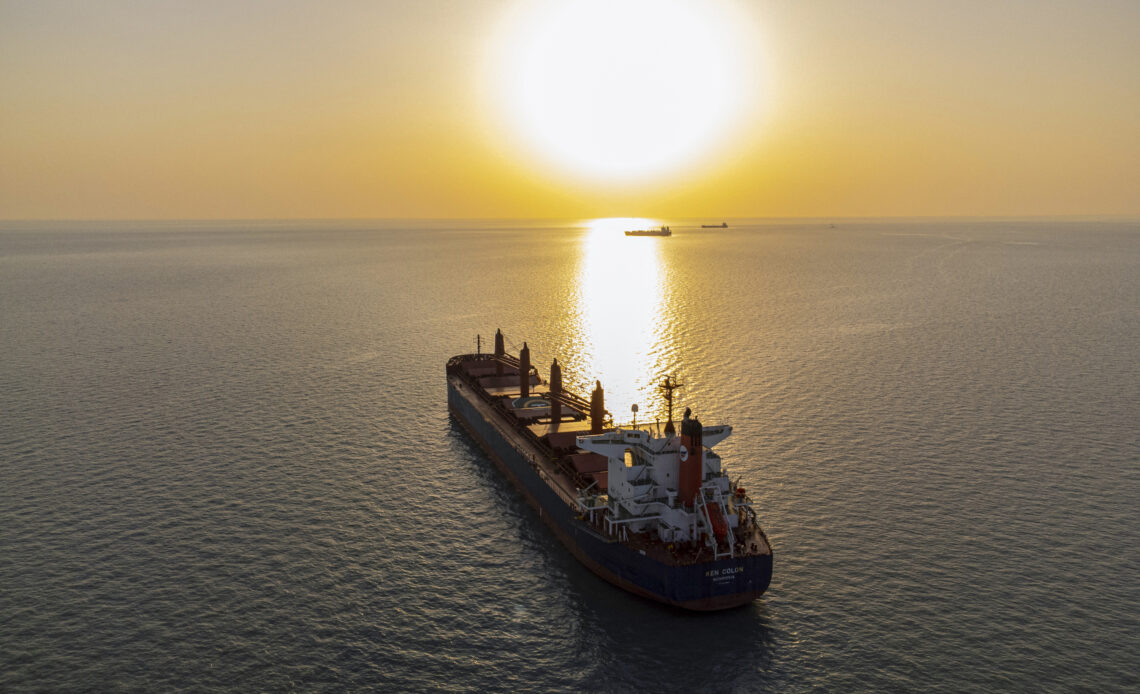Globalization has produced radically different results for the United States than the widely shared prosperity its advocates promised. Jobs and production shifted abroad, leaving behind a weakened industrial base, eroded communities, and poor job prospects for our middle class. It has put our nation on a trajectory of long-term decline, economic instability, and geopolitical risk. Tariffs, further trade protections, and a renewed focus on balancing our political economy are essential to restoring America’s future.
America’s trade deficit skyrocketed from $30 billion in 1991 to $380 billion in 2001 to a record $950 billion in 2022. Today, the U.S. alone accounts for around 78 percent of the total trade deficits of industrial nations. China, meanwhile, holds 45 percent of the world’s trade surplus—meaning it exports far more than it imports.
Some wave away the idea that this trade deficit is a problem, but a persistent and ever-growing trade deficit is not normal. Even libertarian economist Friedrich Hayek argued that trade should eventually balance. Similarly, Adam Smith and David Ricardo assumed goods would be exchanged for other goods under international trade, whereas today, they are often exchanged for U.S. assets.
Some conflate foreign purchases of these assets with “investment,” but less than 5 percent of foreign direct “investment” goes toward building new American industrial capacity. The other 95 percent goes toward acquiring Treasury bonds (U.S. government debt) or stocks, bonds, and real estate from our private sector. Before the 1970s, foreigners held only 5 percent of treasury bonds—that number is around 40 percent today.
We are functionally buying foreign goods on credit while selling off our assets, leaving future generations poorer and reducing their ability to pay that credit back. “Our country has been behaving like an extraordinarily rich family that possesses an immense farm,” Warren Buffet once explained. “We have, day by day, been both selling pieces of the farm and increasing the mortgage on what we still own.” For perspective, he said this in 2003, when America’s net investment position was only down $2.5 trillion (it is down nearly $20 trillion today).
Manufacturing output has cratered since we permanently opened our economy to “free trade” with China in 2001. Industrial production rose only 7 percent from 2000 to 2020, after growing 94 percent from 1980 to 2000. Excluding semiconductor production, which is largely mismeasured,…
Click Here to Read the Full Original Article at Newsweek…

